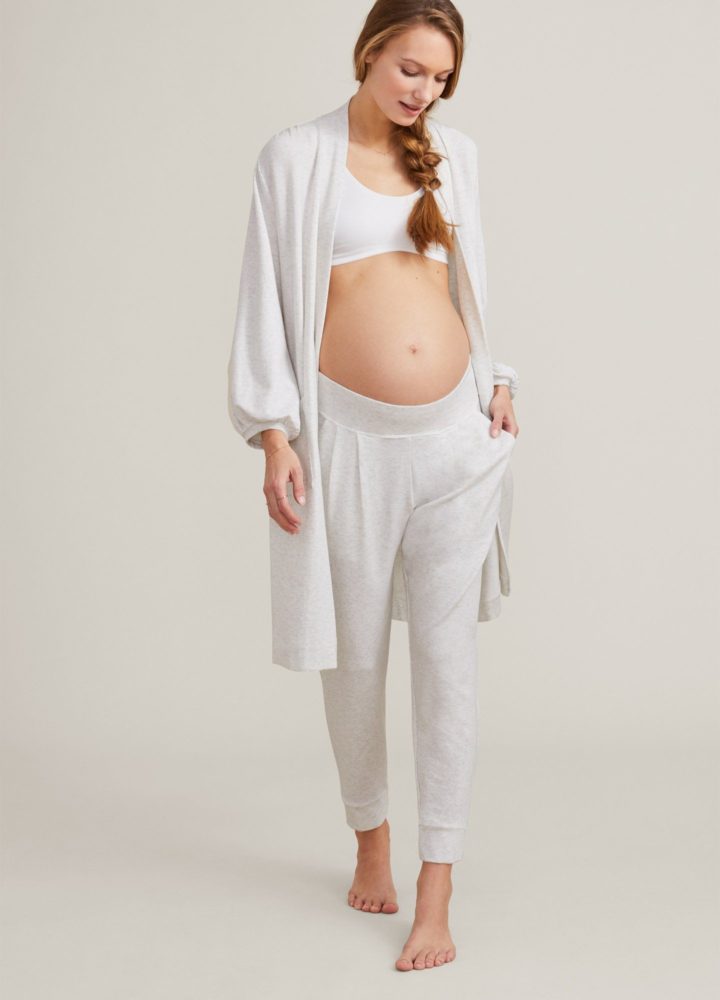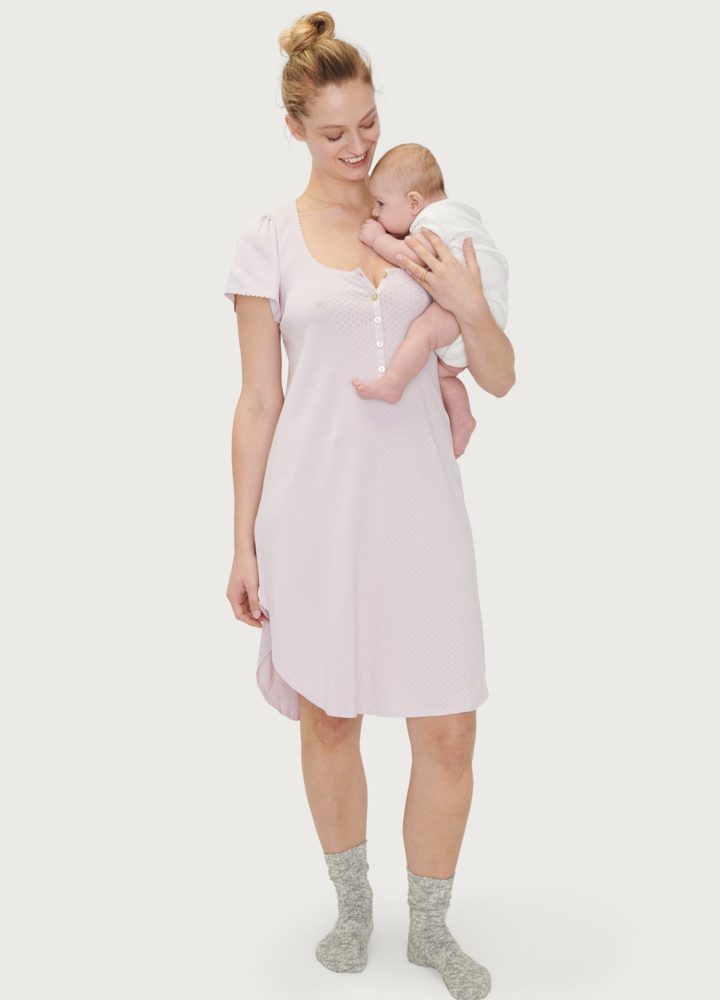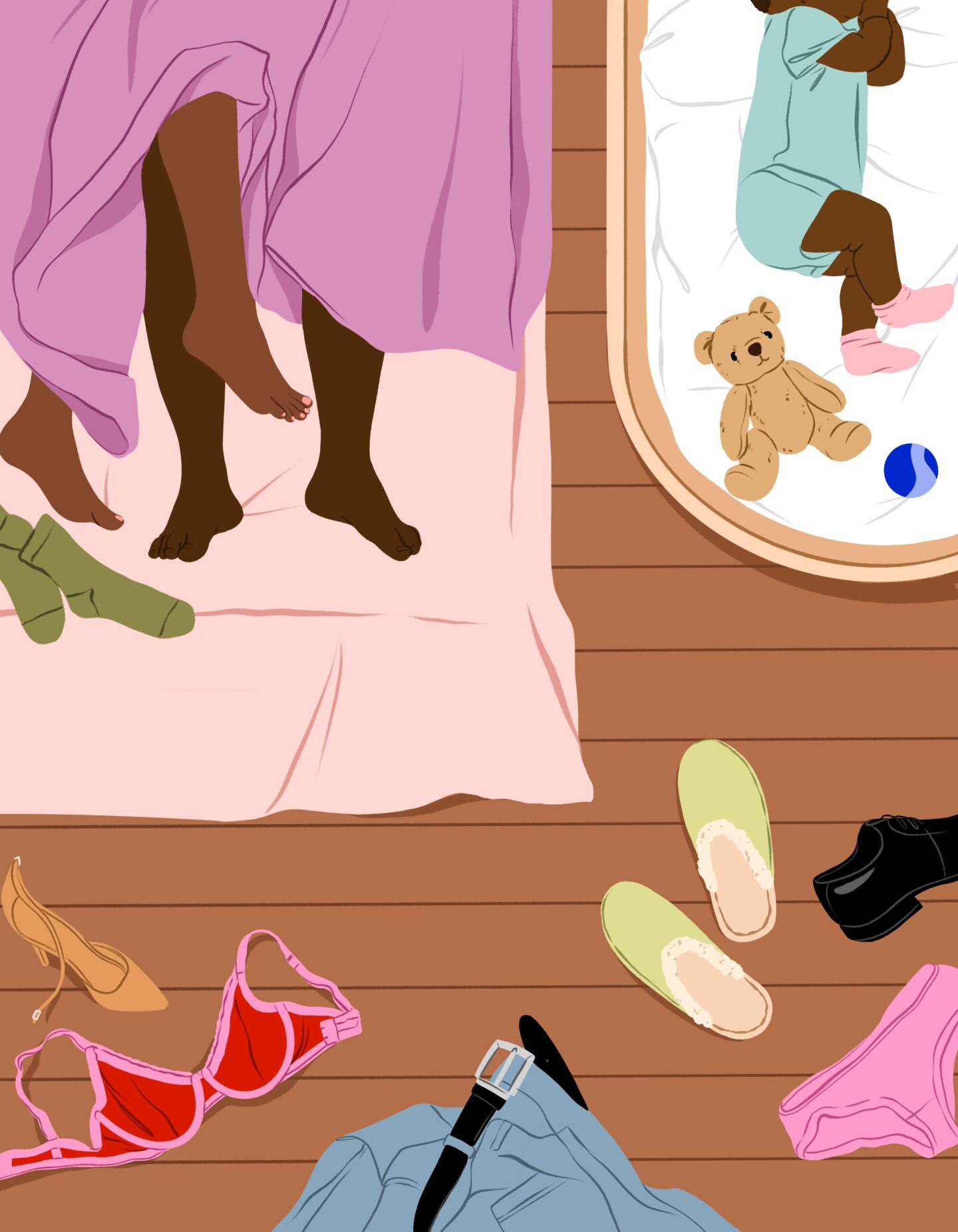Quick – what comes to mind when you think about the fall and winter? Crunchy leaves, pumpkin spice, ugly sweater parties, cookie swaps, way too much family time, maybe a maxed-out credit card or two? Well, add baby-making to the list. With most births in the U.S. falling in July and August, it seems that most of us are far more likely to get down with the horizontal tango in November and December. So what’s driving us between the sheets on these shorter, darker days? Can we just blame the weather, or is your ugly sweater really that irresistible? Nope, science says this is a classic case of reproductive seasonality.
Call It Mating Season
The reproduction of all living organisms — insects, plants, reptiles, birds, mammals, literally all of them – is surprisingly seasonal. In humans, seasonal birth patterns are evident over the last two centuries. And across the board, it’s something we can chalk up to evolution. The phenomenon of reproductive seasonality evolved not only to maximize successful population growth, but in response to the environment. Over thousands of years, organisms developed reproduction strategies based on the most opportune time of the year, and humans no exception..
Drill down a little further, at least here in the U.S., and we see that birth seasonality correlates to both local temperatures and day length. Apparently, we’re more interested in getting busy when the days are shorter or we’re feeling particularly festive. The significance of birth seasonality is also more evident in rural areas than urban, perhaps because folks in the country are more susceptible to changes to environmental changes and more likely to make accommodations for things like colder temperatures or shorter days. Researchers theorize that these kinds of environmental factors could influence sexual behavior and may even drive seasonal fertility changes.
The interesting takeaway there is that fertility itself is potentially changing throughout the year. When you consider the effect of high heat on sperm quality, that makes a lot of sense. And it’s certainly the case in those species that only mate and conceive through very specific windows during the year. In their case, day length directly impacts both their hormones and their ability to conceive.
Humans may be similar, at least in terms of the influence day length has on our fertility. It’s a good explanation for why birth seasonality patterns vary depending on geography. Researchers are also identifying social status and standards of living as major players in reproductive seasonality. But things may be changing.
Or It Used to Be, Anyway
In the northern hemisphere, birth seasonality is declining, and researchers theorize that social factors could be part of it. Between family planning and the simple fact that most people lead lives that are largely disconnected from the natural environment and what the weather is doing, seasonality just doesn’t have the same effect it once did.
But it’s not gone just yet, and a deeper understanding of seasonality could provide researchers with helpful clues that could impact outbreaks in childhood diseases. Plus, it’s pretty cool trivia to share anytime the conversation turns to birthdays.
In the event a baby is on your wish list this holiday season, don’t overlook the value of preconception health. Gift your guy a bottle of men’s prenatals, snag some for yourself, and hey, enjoy mating season!







